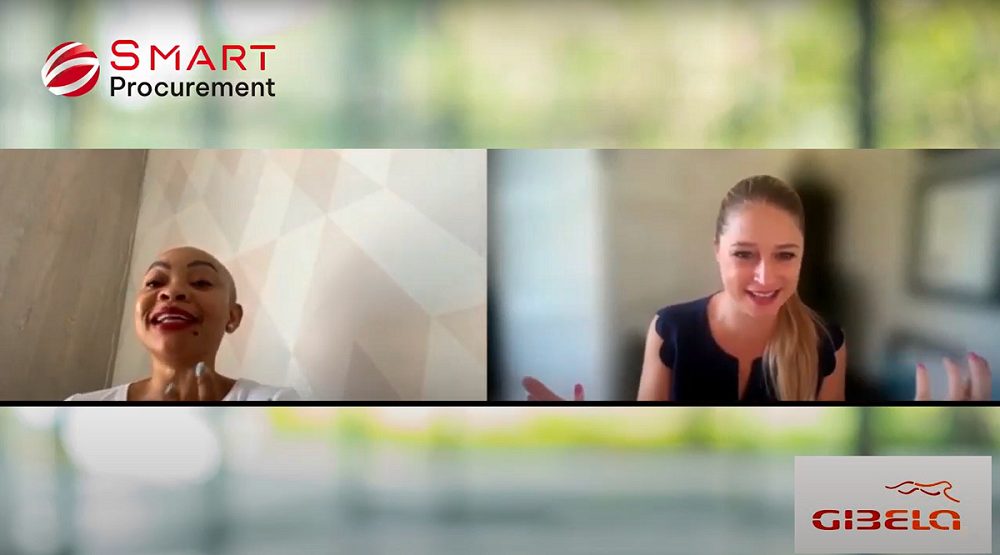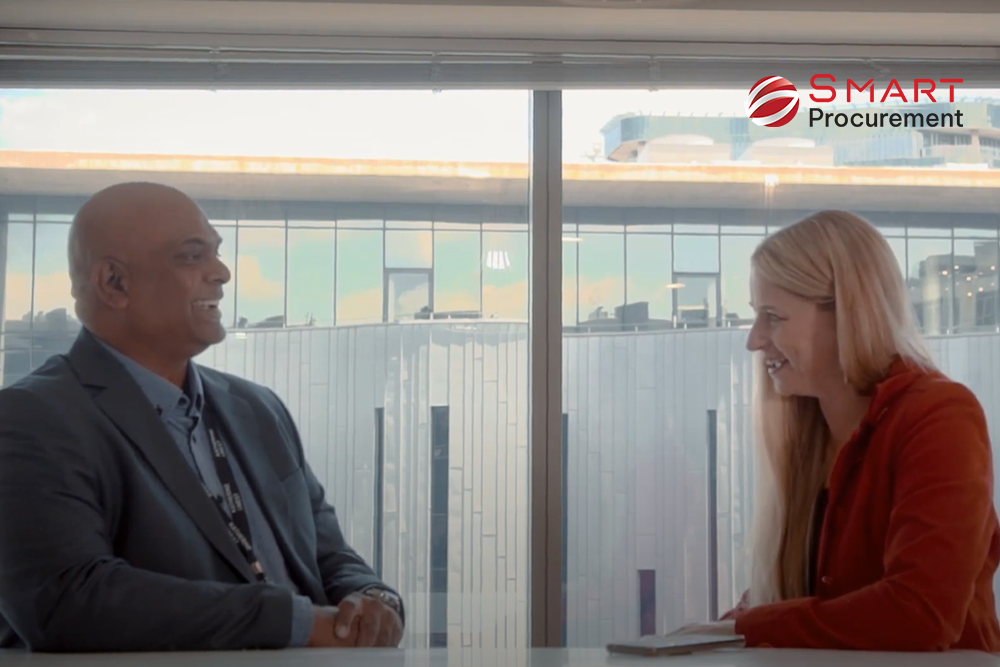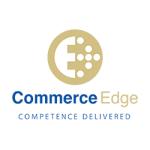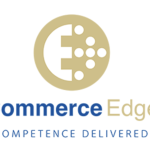Based on the Aberdeen Research Group Report , which was highlighted in SmartProcurement’s August 2008 feature article, Outsourcing Management of Print Can Lead to 30% Cost Savings, it is clear that the main processes by which print is procured, are:
- Manually sourced / procured by local procurement person / department.
- Manually sourced / procured by whoever has the need.
- Manually sourced / procured by a centralised procurement group.
- Automated process using generic e-procurement / e-sourcing solution.
- Automated process using a specific print procurement / management solution.
However, the question begs to be answered as to what are the key issues to consider when trying to understand the complexity of external print services. This is then the topic of our article.
Key Issues to Consider when Trying to Understanding the Complexity of External Print Services
Once again, the Aberdeen Research Group Report throws light on this by ring-fencing the following considerations:
- Print is a significant spend category in many industries.
- In addition to cost, print has significant impact in hard-to-qualify areas such as brand awareness and image.
- Off-contract spend is rampant in print.
- Performance of print suppliers is lower on average than other categories of similar sizes.
Bearing in mind that print expenses can, on average, account for between 3% and 5% of total operating expenses, it is no wonder that print is a commodity where the reduction of cost is a primary concern.
An organisation’s strategy, should, accordingly, revolve around the following four points:
- Increase Efforts to Reduce Print Costs
As print is a large area of spend for many organisations, reducing
print expenses should be a high priority. For a consumer products
company with high packaging and labelling costs, this particular
category of spend is of high strategic importance. This is due to the
criticality of maintaining brand consistency and quality while keeping
costs at an acceptable level. - Procurement’s Involvement in Print-Buying Decisions
Cost is not always a priority when an organisation’s printing needs are
handled by the marketing or design department. Hence, there is an
increased need for procurement professionals to be involved when buying
print. Aberdeen research has shown that purchases made outside of a
procurement department’s control result in premium prices, and in many
cases, poor supplier performance. The habit of marketing professionals
to stick with favoured vendors for fear of lessened quality can lead to
less competitive bidding and a lack of systematic supplier performance
measurement. - Increase Efforts to Centralise Spend Categories
In recent years, the procurement function has begun to prove its
strategic importance and it is in spend categories such as print
services that various functions are, in fact, learning from
procurement. This allows for an easier and more structured method to
improve and monitor compliance. It further includes analysing spend,
which results in the improved sourcing of printing needs, better
management and compliance with contracts, and ensuring supplier
compliance with negotiated price. - Decrease Fragmented and Inconsistent Methods of Buying Print
According to nearly 45% of Aberdeen survey respondents, the methods
used to purchase printed materials vary largely from organisation to
organisation. In many cases, there is no defined method and thus
printing materials are bought on an as-needed basis with little
consideration for rush charges or prior inventory (often resulting in
wasted materials). Even though print is a complex category of spend,
it should be approached in a systematic manner enforcing basic
procurement principles.
Gary Davies, Managing Director of Print Outsource International (POINT), told SmartProcurement that he agrees with the findings of the Aberdeen Group’s survey: “Very few organisations actually get a handle on all the print projects undertaken by external suppliers. Nor do they apply strict procurement and supply management methodology and processes, and, as a result, we have come across instances where hundreds of thousands of Rands are simply lying on the table.” “As a complex commodity”, Davies concludes, “external print services are best left to specialists who earn their keep straight off the back of measured savings”.
For more information, Gary Davies can be contacted on the details below:
Telephone: +27 11 783 0295
Cell: +27 76 859 1304
Email: gary.davies@pointsa.co.za






















